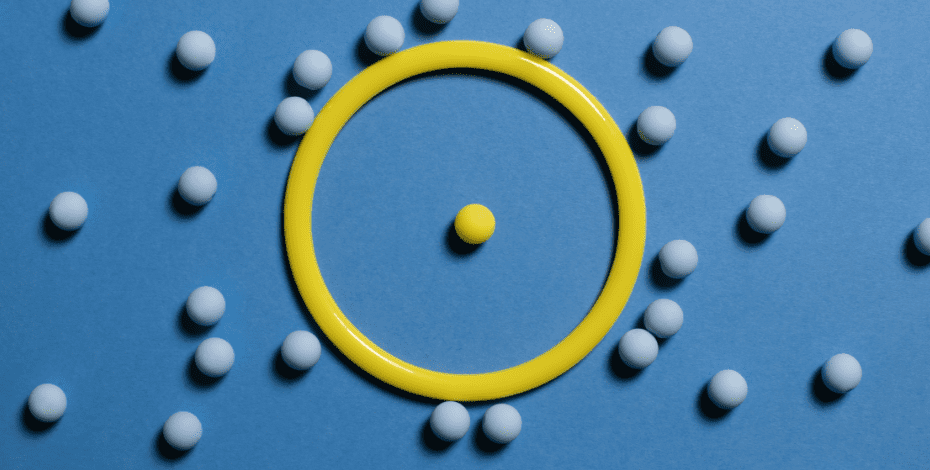
Highlighting the latest research

Mark Elkins discusses some of the recent research published on a wide range of topics in the July issue of the Journal.
Improving adherence to home exercise programs
Dr Joshua Simmich and colleagues from The University of Queensland examine how physiotherapy delivered by real-time, video-based telerehabilitation compares to in-person delivery for the outcomes of attendance, adherence and satisfaction.
The trials included in this review recruited a broad range of participants with conditions spanning musculoskeletal, neurological, cardiorespiratory, orthopaedic, burns and women’s health areas.
Patient attendance at treatment sessions and adherence to self- management programs with real-time telerehabilitation are similar to or better than with traditional in-person physiotherapy.
Satisfaction is similar between the two modes of delivery.
The authors conclude that telerehabilitation may be particularly useful when a home exercise program is a key part of management.
The use of telerehabilitation, in-person or a hybrid of both delivery modes could be strategically tailored to the individual preferences and circumstances of each patient.
Preoperative respiratory education for major abdominal surgery
Dr Ianthe Boden from the University of Tasmania leads an international author group to provide a meta-analysis of individual participant data from 800 patients undergoing major abdominal surgery.
The meta-analyses confirm that preoperative respiratory education and breathing exercise training prior to major abdominal surgery reduces the risk of a patient developing a potentially preventable complication by 30 to 50 per cent.
Effects are greater among patients who smoke, are aged over 45 years, have abnormal body weight, have multiple comorbidities, or are undergoing bariatric or upper gastrointestinal surgery.
Furthermore, preoperative physiotherapy reduces length of stay in hospital among those patients with multiple comorbidities.
Utilising external cueing and walking training for Parkinson’s disease
Associate Professor Lucas Nascimento and colleagues from Brazil and Australia report a systematic review to examine the effect of adding external cueing to walking training for people with Parkinson’s disease.
Walking training with auditory cueing improves walking speed by 0.09 m/s (95% CI 0.02 to 0.15) more than walking training alone.
The effect on stride length is promising (MD 5 cm) but imprecise (95% CI –2 to 11).
The effects on mobility, balance, fear of falling and freezing remain unclear.
The authors conclude that because cueing is an inexpensive and easy-to-implement intervention, the benefit on walking speed alone is likely worthwhile.
Manual therapy for cervicogenic headaches
Dr Kiran Satpute and colleagues from India and Australia report their randomised trial where they added Mulligan manual therapy to exercise for cervicogenic headache.
They randomised 99 patients to exercise alone, exercise with Mulligan manual therapy or exercise with sham Mulligan manual therapy.
Mulligan manual therapy plus exercise reduced headache frequency more than exercise alone immediately after the intervention (MD between groups in change from baseline: 2 days per month, 95% CI 2 to 3) and this effect was still evident at 26 weeks (MD 4 days, 95% CI 3 to 4).
There were also benefits across all time points in several secondary outcomes: headache intensity, headache duration, headache-related disability, upper cervical rotation and patient satisfaction.
The outcomes in the sham Mulligan manual therapy exercise group were very similar to those of the exercise alone group, confirming that the added benefit from Mulligan manual therapy to exercise was not due to placebo effects.
Randomised controlled trial wins award
The Readers’ Choice Award recognises the paper published in Journal of Physiotherapy in 2023 that was downloaded the greatest number of times within the first six months of its publication.
The July issue announces Sandra Gluppe and her colleagues from Norway as the winners of the award for their paper investigating the effect of curl-up exercises in women with diastasis recti abdominis (DRA).
It demonstrates that an exercise program containing curl- ups for women with diastasis did not worsen the inter-recti distance or change the severity of pelvic floor disorders or low back, pelvic girdle or abdominal pain.
However, it did increase abdominal muscle strength and thickness.
Therefore, the authors concluded the parous women should not be discouraged from performing head lifts and curl-up exercises.
Since the introduction of the Readers’ Choice Award in 2014, it has only been awarded to Invited Topical Reviews or systematic reviews; this is the first randomised trial to achieve this success.
Head to the Journal of Physiotherapy page to read the research.
© Copyright 2024 by Australian Physiotherapy Association. All rights reserved.





